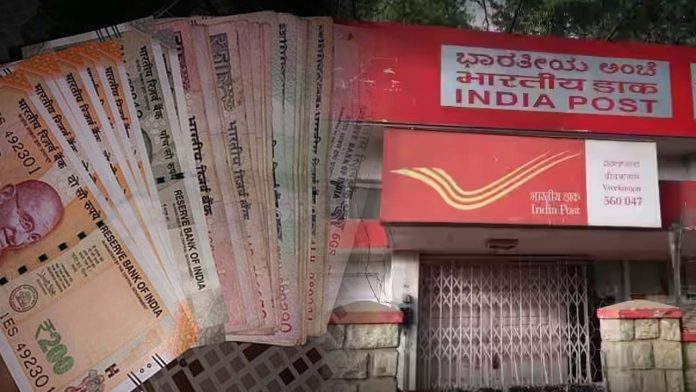
In the post office scheme, you get interest after three months. The more money you invest, the interest will increase in the same proportion. A maximum investment of up to Rs 30 lakh can be made in this scheme.
You can decide today only what your life will be like after retirement. To live a good life, along with loved ones, money is also needed. If you want a stable income after retirement, then the Post Office Senior Citizen Savings Scheme is perfect for you.
You can start investing in this scheme with Rs 1000. This scheme has been specially designed for senior citizens only. A very important eligibility criteria for investing in this scheme is that the age of the account holder should be 60 years or more. However, people taking VRS can invest even after 55 years. Apart from this, military personnel get a relaxation of 5 more years. This means that he can start investing from the age of 50.
8.2 percent interest
This is a government scheme whose interest rate is also decided by the government. At present the government is giving 8.2 percent annual interest on it. Its interest rate is better than any FD. The higher the investment in this scheme, the higher will be the return. In this you can invest a maximum of Rs 30 lakh.
How to get Rs 20,000 monthly?
If a senior citizen invests Rs 30 lakh together in this scheme, he will get an annual interest of Rs 2.46 lakh. If we look at it on monthly basis, it works out to Rs 20,000. If you want to take this money quarterly then you will get Rs 61,500. If a person invests Rs 5 lakh, he will get Rs 10,250 every quarter.
You will get the benefit of this scheme while paying taxes also. You will get tax exemption of up to Rs 1.5 lakh under Section 80C of the Income Tax Act. Let us tell you that its interest is deposited in the account every year in the first week of April, July, October and January.














